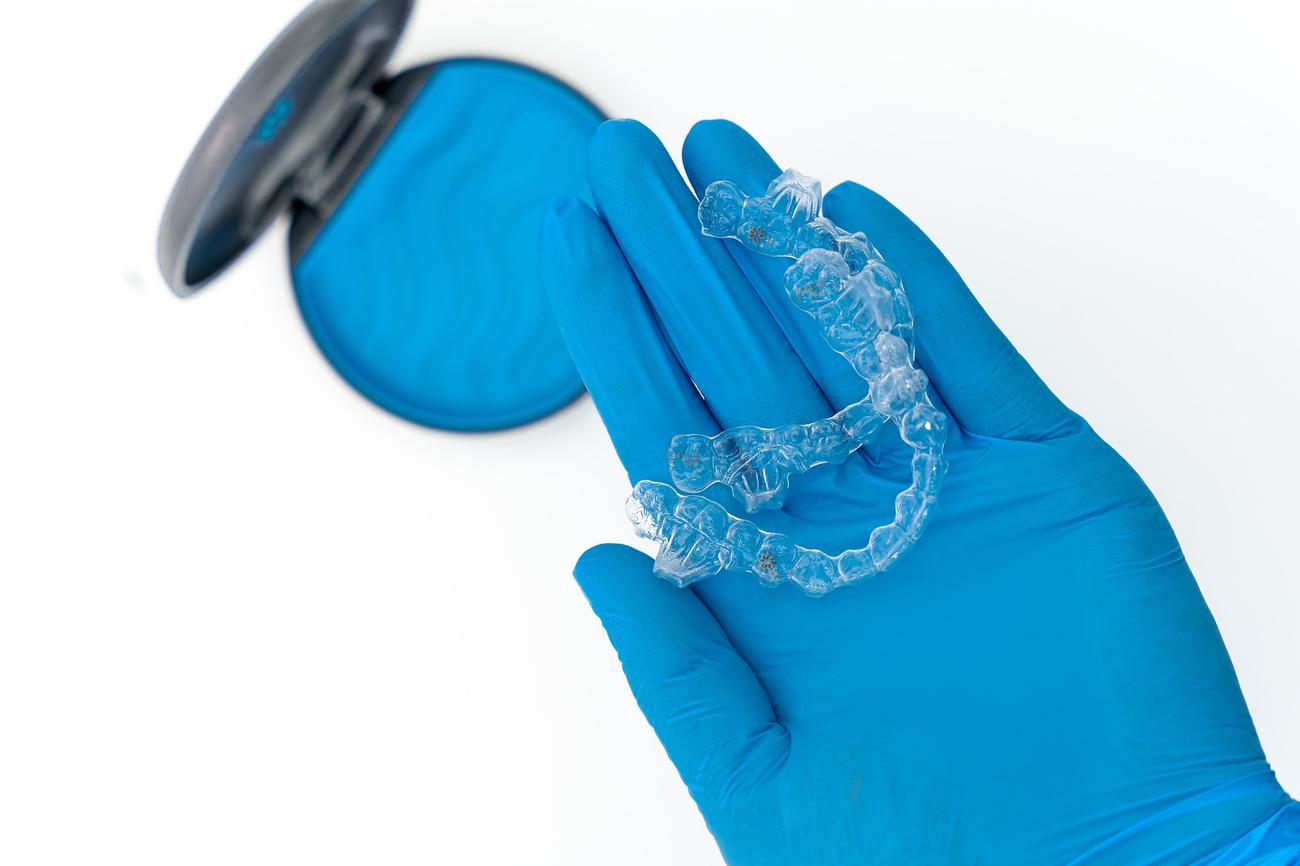Are you tired of hiding your smile because of misaligned teeth? Look no further – we’re about to embark on a journey through the fascinating world of orthodontic braces! In this article, we will explore the different categories of orthodontic braces that can help transform your smile and boost your confidence. Whether you’re looking for a discreet option or a more traditional approach, we’ve got you covered. Get ready to unravel the secrets behind these remarkable dental devices and find the perfect fit for your unique needs. Let’s dive in and discover the countless possibilities offered by orthodontic braces!

Different categories of orthodontic braces
Orthodontic braces have come a long way in recent years, offering a range of options to help people achieve straighter teeth and a beautiful smile. Let’s dive into the different categories of orthodontic braces and explore the pros and cons of each. By the end, you’ll have a better understanding of which option might be right for you.
Metal Braces
Metal braces are the most common and traditional type of braces available. They consist of metal brackets that are bonded to the teeth and connected by a wire. Metal braces are highly effective in achieving the desired results, especially for complex dental issues. Their affordability makes them a popular choice for many individuals seeking orthodontic treatment.
However, metal braces are quite noticeable and can draw attention to the wearer’s teeth. They also require frequent adjustments and may cause some discomfort during the initial adjustment period. Despite these drawbacks, metal braces remain a trusted and reliable option for correcting a wide range of orthodontic issues.
Metal braces are the tried-and-true workhorses of orthodontic treatment, providing effective results for a variety of dental conditions.
Ceramic Braces
Ceramic braces, also known as clear or invisible braces, offer a more discreet alternative to traditional metal braces. They function similarly to metal braces but use tooth-colored or clear brackets instead. This makes them blend in with the teeth, making them less noticeable.
One of the advantages of ceramic braces is their aesthetic appeal. They are a great option for individuals who want to straighten their teeth without drawing too much attention. However, it’s important to note that ceramic braces are generally more prone to staining and breakage compared to metal braces. Additionally, they may be more expensive and require extra care to maintain their appearance.
With ceramic braces, you can achieve the desired results while maintaining a more natural and inconspicuous appearance.
Lingual Braces
For those who prefer a truly hidden orthodontic treatment, lingual braces may be the answer. Lingual braces are similar to traditional braces, but with one major difference: the brackets and wires are placed on the backside of the teeth, facing the tongue. This makes them practically invisible from the front.
Lingual braces offer an aesthetically pleasing option for individuals who want to straighten their teeth discreetly. However, they can be more challenging to clean and adjust due to their placement. They may also cause some initial discomfort or affect speech for a short period as the tongue adapts to the new positioning.
Lingual braces allow you to transform your smile without anyone knowing you’re undergoing orthodontic treatment.
Self-ligating Braces
Self-ligating braces function similarly to traditional metal or ceramic braces, but with a twist. These braces include a specialized mechanism that eliminates the need for traditional elastic ties to hold the wire in place. Instead, the brackets have built-in clips that secure the wire effectively.
One of the major advantages of self-ligating braces is that they require fewer adjustments, leading to fewer trips to the orthodontist. They also exert less pressure on the teeth, potentially resulting in reduced discomfort compared to traditional braces. However, self-ligating braces may be more expensive, and not all orthodontic cases are suitable for this type of treatment.
Self-ligating braces offer a convenient and potentially more comfortable option for individuals seeking orthodontic treatment.
Clear Aligners (Invisalign)
Clear aligners, such as Invisalign, have gained significant popularity in recent years. These custom-made, transparent trays gradually move the teeth into the desired position. Clear aligners are removable, allowing for easier maintenance of oral hygiene and the ability to eat without restrictions.
Clear aligners provide an almost invisible teeth-straightening solution, making them appealing to many patients. They are particularly suitable for people with mild to moderate crowding or spacing issues. However, clear aligners may not be as effective for more complex orthodontic cases, and compliance is crucial for successful treatment.
With clear aligners like Invisalign, you have a convenient and virtually invisible option to achieve the smile of your dreams.
In summary, the world of orthodontic braces offers a variety of options to suit different needs and preferences. Metal braces provide a reliable and cost-effective choice, while ceramic braces offer a more discreet appearance. Lingual braces take invisibility to the next level, while self-ligating braces offer convenience and potentially reduced discomfort. Clear aligners provide a removable and nearly invisible option, although their suitability may vary depending on the complexity of your case.
By exploring the different categories of orthodontic braces, you can make an informed decision about which type of braces is right for you. Remember, consult with an experienced orthodontist to determine the best treatment plan tailored to your specific orthodontic needs and goals.
Types of braces are essential for correcting misaligned teeth and achieving a confident and beautiful smile. Whether you are dealing with crooked teeth, gaps, or bite issues, there is a variety of braces available to meet your unique needs. From traditional metal braces to clear aligners, such as Invisalign, the options are endless. Explore the different types of braces and find the perfect solution for your orthodontic journey here. Don’t wait any longer; take the first step towards a straighter and healthier smile now!

FAQ
What are the different categories of orthodontic braces?
There are five main types of braces available today:
Metal braces: These are the most effective and affordable orthodontic treatment option. They consist of metal brackets and wires that are adjusted periodically to gradually align the teeth.
Ceramic braces: Also known as clear or invisible braces, ceramic braces are the same size and shape as traditional metal braces. However, they are made from tooth-colored or clear materials, making them less noticeable.
Self-ligating braces: Similar to traditional metal braces, self-ligating braces use brackets and wires. However, they have a special design that eliminates the need for rubber bands or metal ties, allowing for quicker and easier adjustments.
Lingual braces: Lingual braces are a lesser-known alternative to traditional metal braces. They are placed on the back of the teeth, making them virtually invisible from the front. These braces are custom-made to fit each patient’s teeth.
Clear aligners (e.g., Invisalign): Clear aligners are a popular alternative to traditional braces. They are a series of clear, removable trays that gradually shift the teeth into the desired position. Clear aligners are virtually invisible and can be removed for eating and cleaning.
How do metal braces compare to other types of braces?
Metal braces are the most widely used orthodontic treatment option due to their effectiveness and affordability. They are highly durable and are suitable for treating various types of orthodontic cases, including complex ones. However, metal braces are more noticeable compared to other options like ceramic braces or clear aligners.
Are clear braces as effective as metal braces?
Yes, clear braces (also known as ceramic or invisible braces) are just as effective as metal braces in treating most orthodontic issues. Ceramic braces have the same design as metal braces but are made from tooth-colored or clear materials, making them less noticeable. However, it is important to note that ceramic braces may be more prone to staining and can be slightly more expensive than metal braces.
How do lingual braces differ from traditional braces?
Lingual braces are placed on the back surface of the teeth, making them invisible from the front. This makes them a great choice for individuals who are concerned about the appearance of braces. However, lingual braces can take some time to get used to and may be more challenging to clean compared to traditional braces. Additionally, they are typically more expensive than metal or ceramic braces.
What are the advantages of clear aligners like Invisalign?
Clear aligners, such as Invisalign, offer several advantages compared to traditional braces. They are virtually invisible, making them a popular choice among individuals who want a more discreet orthodontic treatment option. Clear aligners are also removable, allowing for easier cleaning and the ability to eat without restrictions. However, clear aligners are not suitable for severe orthodontic cases and may require more discipline to wear consistently for optimal results.
- Mastering Leader in Spanish: The Complete Guide - April 19, 2025
- Uncovering Surprising Parallels: England Size Compared to US States - April 19, 2025
- Old Mexico Map: Border Shifts 1821-1857 - April 19, 2025
















